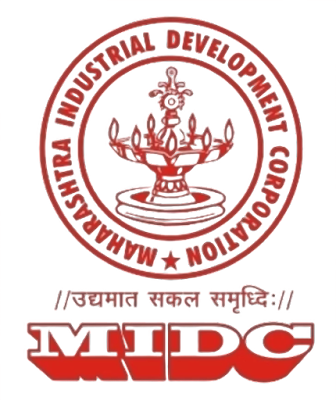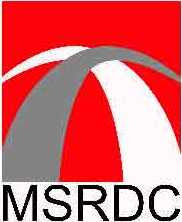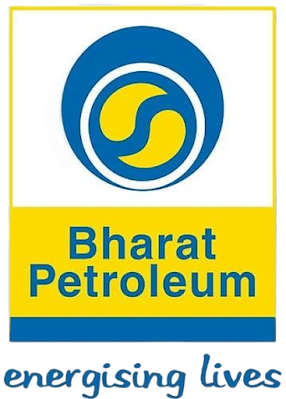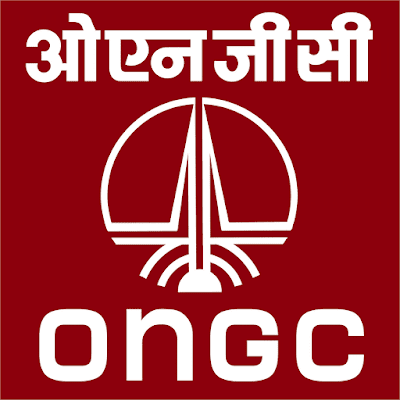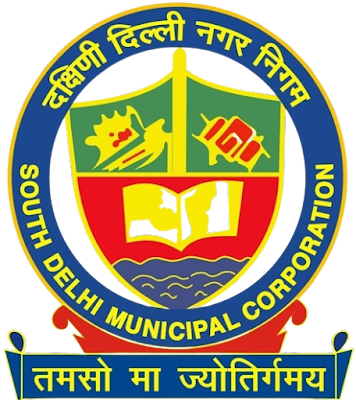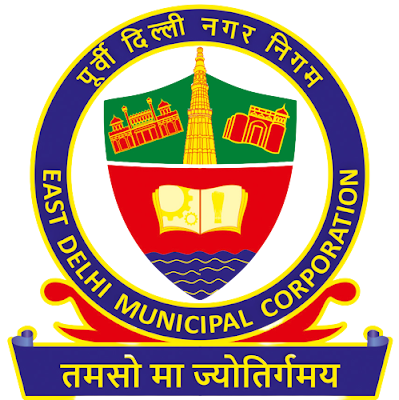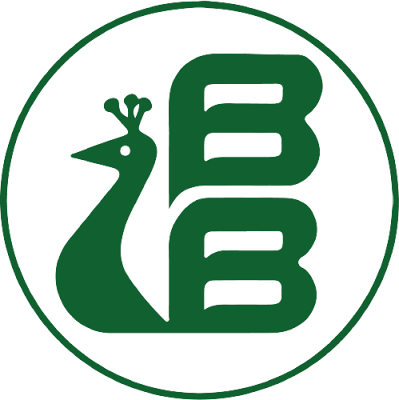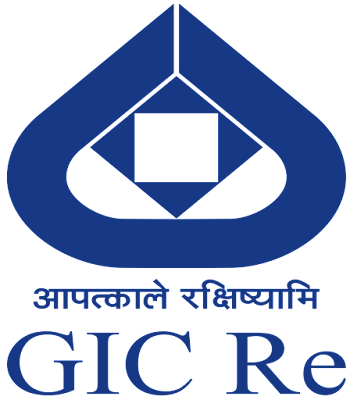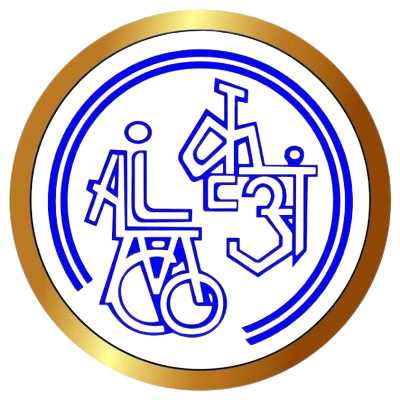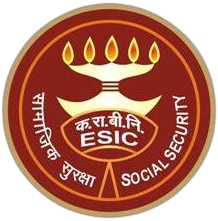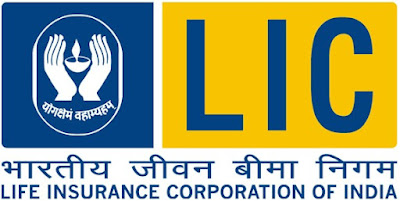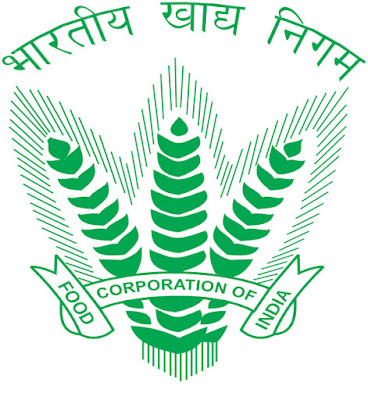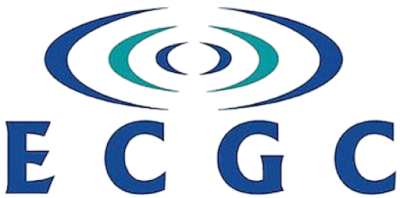DR BABU JAGJIVAN RAM LEATHER INDUSTRIES DEVELOPMENT CORPORATION LTD.

DR BABU JAGJIVAN RAM LEATHER INDUSTRIES DEVELOPMENT CORPORATION LTD. The emblem of Dr Babu Jagjivan Ram Leather Industries Development Corporation Ltd. (BJRLIDC) is a hide which houses a motif artisan or cobbler working and its brand name Lidkar and supported by a gear wheel. The hide and the artisan represent the leather industry; the gear wheel denotes interconnectedness, efficiency, precision, progress, advancement, synchronisation, timing, order and structure and the colour brown symbolises earthiness, simplicity, stability, humility, warmth, reliability, endurance, timelessness and tradition. The logo is interesting and representative.
